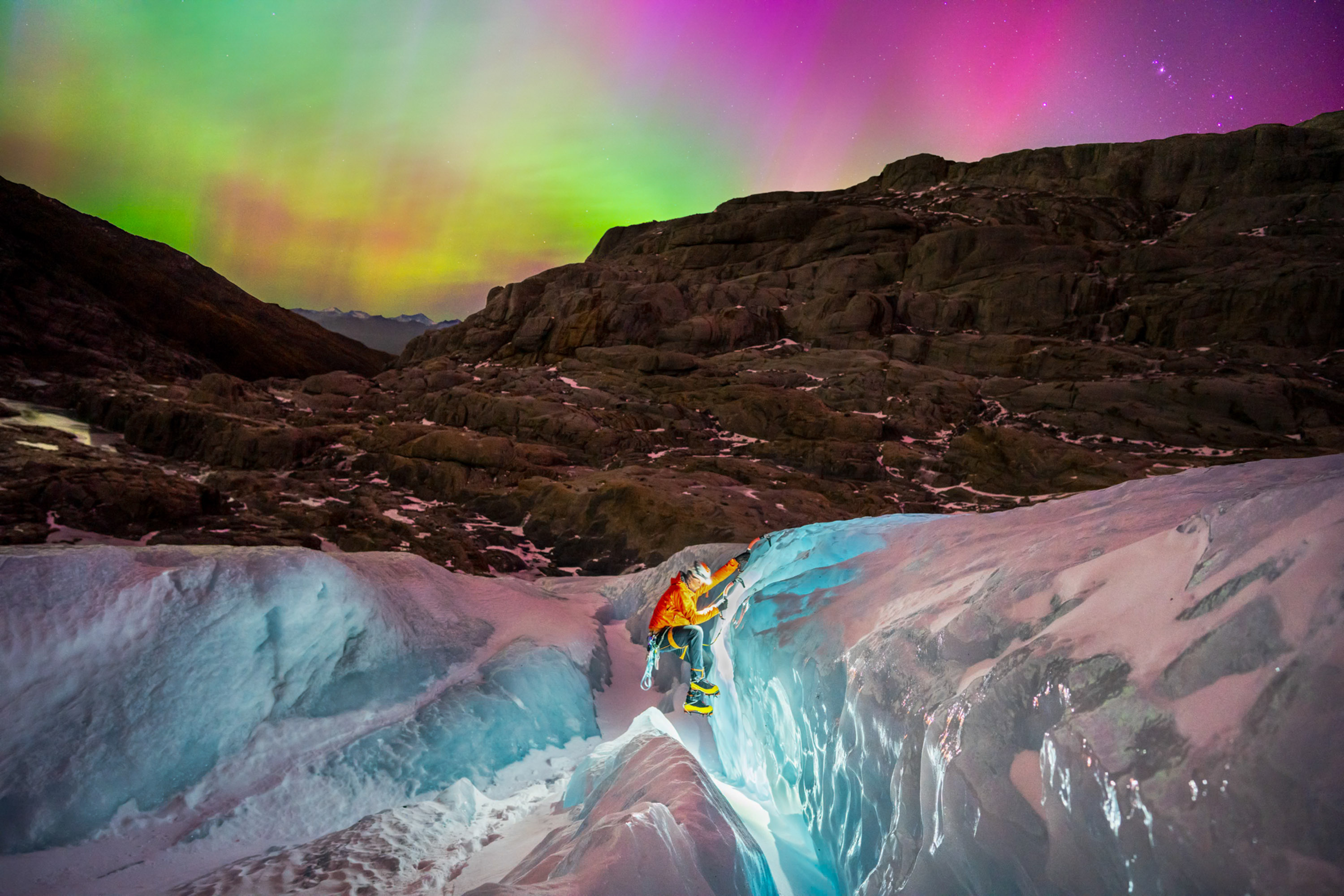Northern Lights dance with volcanoes & meteors in “unprecedented” photos from 2024
Abnormally high solar activity treated photographers with multiple light shows over the course of 2025, even from southern locations

The fluctuating solar cycle means the odds of seeing the northern lights increase every 11 years or so – and with 2024 at peak levels, photographers around the world were able to capture a rare amount of color and detail in the night sky phenomenon. Every year, travel photography blog Capture the Atlas selects 25 of the best Aurora images of the year. But, thanks to the peak in the solar cycle, this year’s collection of images shows what Capture the Atlas editor Dan Zafra says is an “unprecedented” level of detail and in more locations than before.
The 2024 Northern Lights Photographer of the Year honors 25 different photographers from 15 different nationalities (and, yes, despite the name, the Southern Lights are featured in the contest too). The contest’s seventh annual year features more rare locations that seldom get to spot the lights across the night sky as far south as 28 degrees north latitude, including Arizona, California, Spain, Chilean Patagonia, Namibia, Madeira Island and Tenerife.

The 25 winning images were also shot with a variety of gear from mirrorless cameras to DSLRs. But, Josh Beames captured his award-winning image with a drone. During a workshop in Iceland, he was finishing up photographs of an active volcano when the northern lights began to dance. He quickly sent up his DJI Mavic 3 with a wide angle lens to fit the lava and lights in a bracketed panorama shot. Photographing the northern lights from a drone while near an active volcano wasn’t easy, Beams notes, but the drone limped back with a 1 percent battery and a spectacular shot.


“The peak of the solar cycle in 2024 has certainly brought a new level of vibrancy and intensity to aurora photography,” Zafra said. “Many of this year's winning images showcase unprecedented details, including more dynamic structures, intense colors, and even rare phenomena like STEVE (Strong Thermal Emission Velocity Enhancement) or proton arcs. Additionally, the increased solar activity has extended aurora visibility to lower latitudes, resulting in some remarkable compositions from unexpected locations. These unique conditions have allowed photographers to experiment with fresh perspectives, blending the auroras with diverse landscapes and cultural landmarks, making 2024’s images truly stand out.”
The contest’s judges focus on the image quality as well as the story and inspiration behind the shot. That leaves this year’s collection of images featuring not just vibrant skies, but incredible foregrounds and unusual locations.
The year’s peak solar cycles gave a number of photographers their first chance at capturing the solar spectacle, like photographer Uroš Fink. Fink captured not just the Aurora over Croatia, but the Milky Way, the Perseid meteors and even Orion, Mars and Jupiter. He captured 75 meteors over the course of the night and used Registar software to composite the shots together to keep the meteors in the exact spot they appeared.




Photographing the Aurora is a challenge not just because of the need for night sky techniques but due to the often unpredictable nature of the lights themselves. For new photographers hoping to capture the lights in 2025, Zafra recommends mastering night sky photography first, practicing by photographing the stars with a tripod, the widest lens aperture available, and a 2-10 second shutter speed. Then, photographers can start learning how to predict the Aurora using forecasts and apps and finding a location with clear skies and minimal light pollution.
The best camera deals, reviews, product advice, and unmissable photography news, direct to your inbox!
To see all 25 honored images in the annual contest, visit the complete gallery at the Capture the Atlas Northern Lights Photographer of the Year.
For more inspiration, read up on how to photograph the northern lights, or gear up with the best tripods or the best lenses for astrophotography.

With more than a decade of experience writing about cameras and technology, Hillary K. Grigonis leads the US coverage for Digital Camera World. Her work has appeared in Business Insider, Digital Trends, Pocket-lint, Rangefinder, The Phoblographer, and more. Her wedding and portrait photography favors a journalistic style. She’s a former Nikon shooter and a current Fujifilm user, but has tested a wide range of cameras and lenses across multiple brands. Hillary is also a licensed drone pilot.
